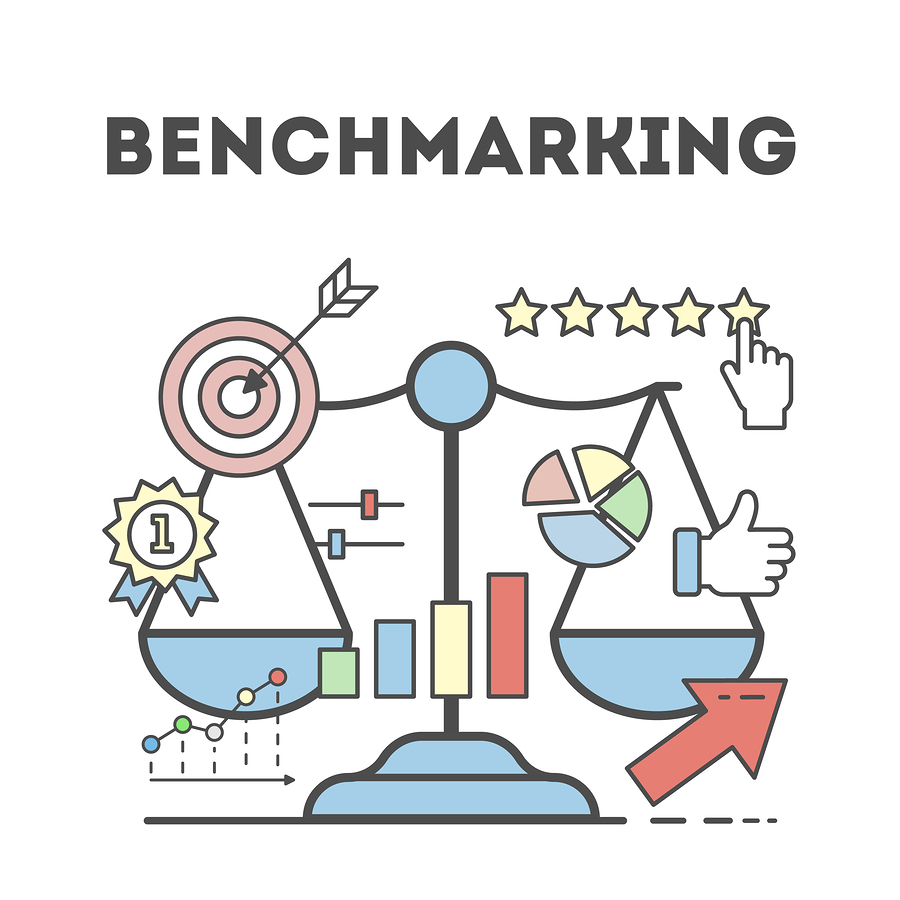At most healthcare organizations, the answer is — less is more!
We are often asked how many value analysis teams a healthcare organization should have to ring the towel dry on savings and improve quality and safety. Our answer is always the same; it depends on your hospital, system or IDN’s size, scope, and supply chain budget.
As a general rule, we like to see value analysis teams organized around three product lines: clinical supplies, surgery supplies, and support services. This is because these three categories of purchase represent all of the supply chain expenses that fall under the responsibility of a supply chain management department. Although, this is a simplistic answer and needs to be elaborated and qualified based on, as I mentioned, the size, scope, and supply chain budget of your healthcare organization.
Free-Standing Hospital
You may not realize it but most hospitals, up to 250-beds, can effectively manage and control their supply chain expenses with just one value analysis team. We discovered this fact after establishing clinical, surgical, and support services teams for hospitals this size only to collapse them after one year when they ran out of projects. So, don’t think that you need more than one team to save more money!
As you move up in hospital size (350, 500 or 1,000 beds) we recommend that you still form a clinical, surgical, and support service teams, but add new value analysis teams based on their product line’s annual spend (e.g., cardiac rhythm management, interventional radiology, and off-site clinics). We made the decision to add these same value analysis teams at a 690-bed hospital because of the huge spends in these product lines. Note that we suggested these new value analysis teams for no other reason than their annual spend. This is because less really means more focus, control, and savings than having 20 value analysis teams that someone thought would look good on paper.
Analytics Approach
An even better way to identify precisely what value analysis teams you should launch is by their potential savings opportunities. This is how we now establish and select value analysis teams for our clients.
Here’s how it works: We employ our value analysis analytics process to uncover the best savings opportunities (e.g., price, standardization, and utilization) by product line and then list them by the appropriate (clinical, surgical, support services, etc.) value analysis teams. On average, this value analysis analytics process identifies about $22,033 per occupied bed in savings. More importantly, each value analysis team is allotted 2, 3 or even 5 million dollars in projects to investigate.
As you can imagine, this value analysis analytics process takes all of the guess work out of this important decision, eliminates dry holes, and provides at least 18 months of projects for your various value analysis teams to work on. We have also found that by repeating this value analysis analytics process on a quarterly basis we can keep our clients’ savings funnel packed full with new projects for many years to come.
Multi-Hospital System
The value analysis team structure we recommend most often to multi-hospital systems is a “hospital-based” model. Meaning, each hospital in the system establishes their own value analysis program following the guidelines we have already provided for “free-standing hospitals.” The reason for this structure is that no hospital in a system has the same product, service, and technology requirements. If you try to dictate from your corporate office what your hospitals must absolutely buy, you are costing your system money (see Did You Know Standardization Can Cost You Money? article in our spring issue for more details).
This hospital-based value analysis program is then managed by regional value analysis committees (depending on the size of the system) that report to a corporate value analysis oversight committee. Each hospital would have a value analysis representative assigned to the regional committees that would be chaired by a regional materials manager. The corporate oversight committee would be chaired by the vice president of supply chain. Its membership would consist of the regional materials managers who chair their own regional value analysis committees. This is the decision-making body that would set the ground rules for the operation of the hospital-based teams and regional committees.
There are other multi-hospital system models that have numerous corporate value analysis teams riding herd over their supply chain expenses. They tend to be dictatorial and GPO contract driven, and really don’t lend themselves to the classic value analysis methodology we have promoted in this magazine for close to a year. What is most important in all of these models we discussed is that when deciding on how many VA teams you require to reduce your cost — less is really more!





